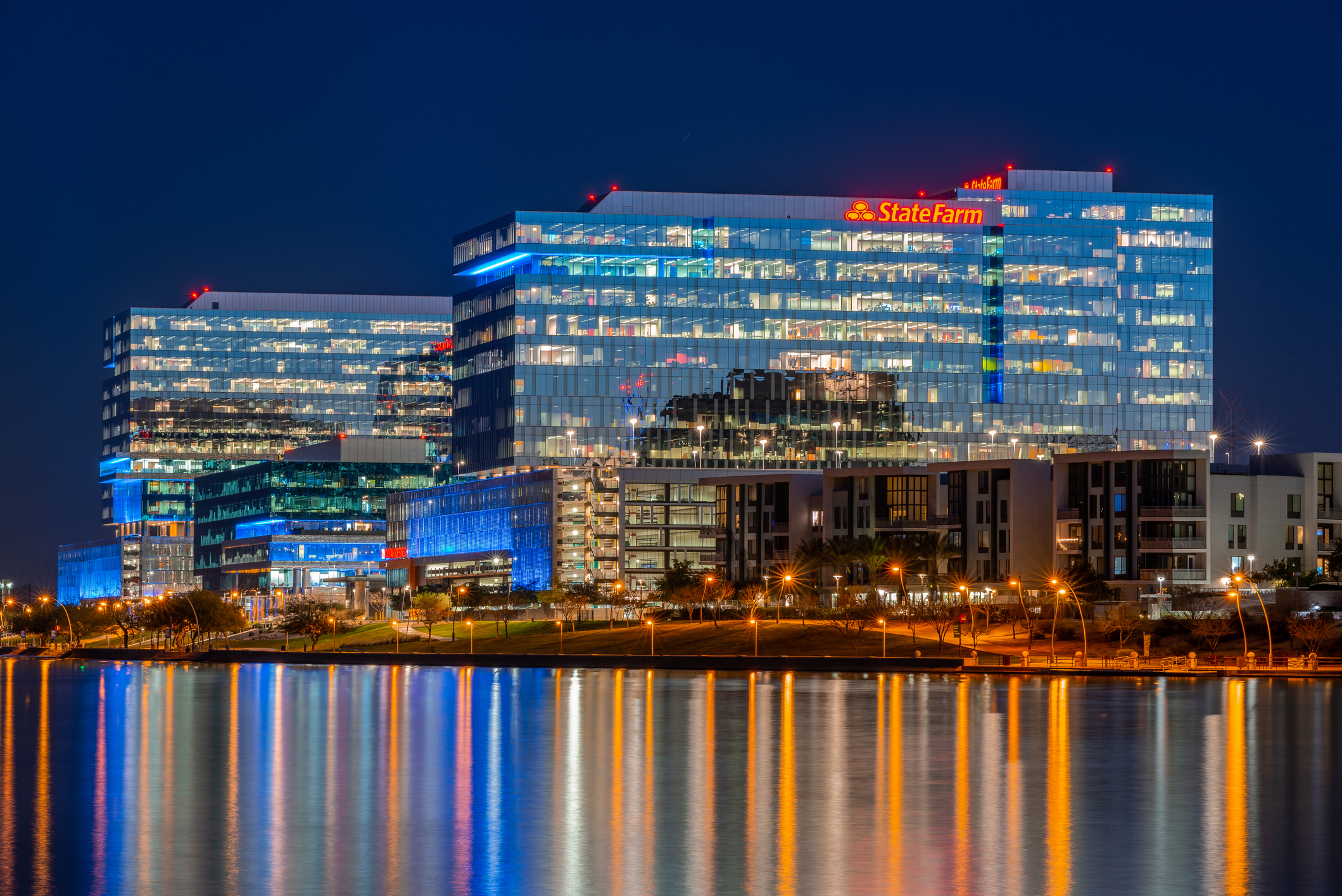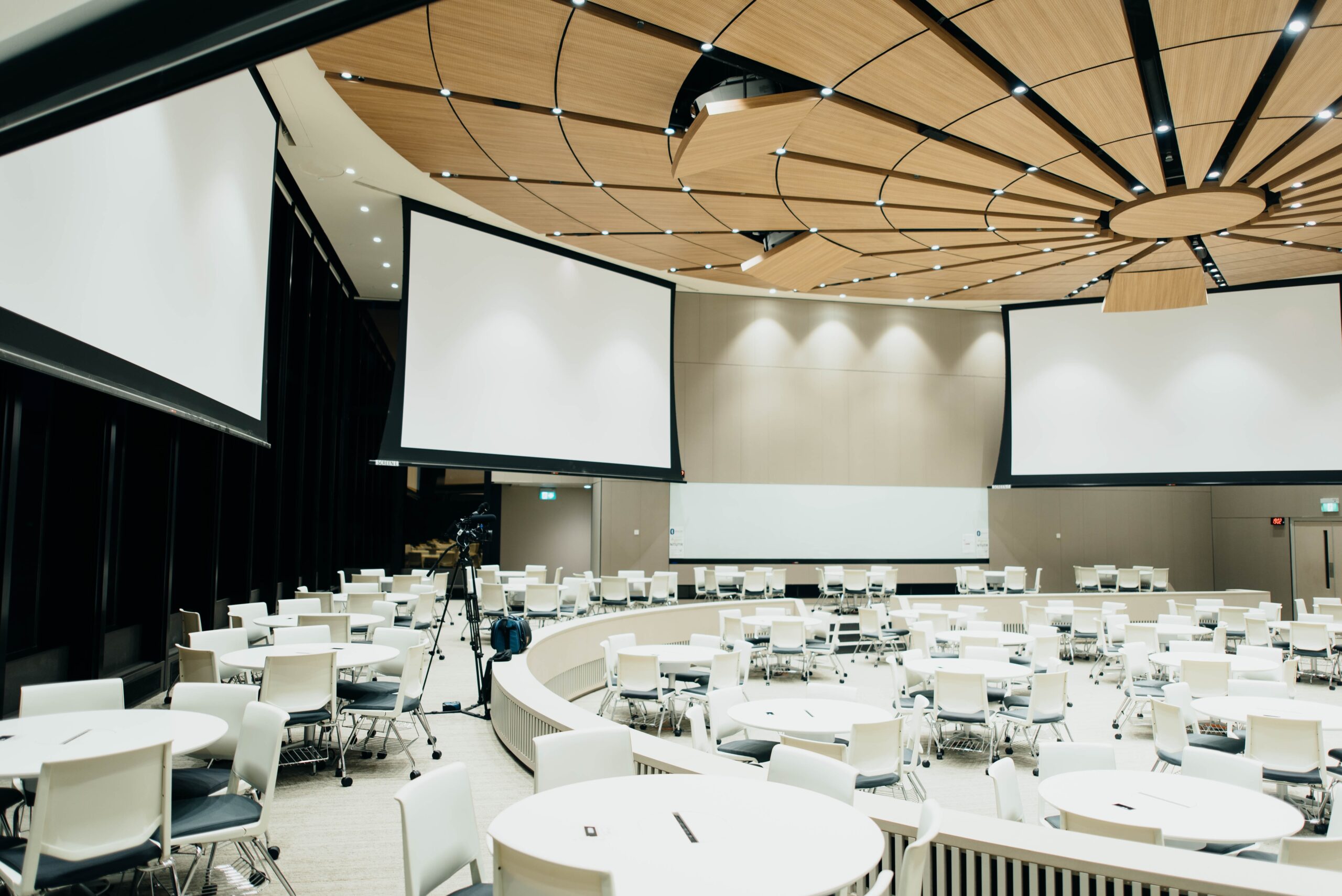
Corporate/Private
CCS provides commercial real estate developers with a lean process and the right resources and experts to support a project’s successful delivery.
We facilitate construction management and general contractor selection, identify the right subcontractors and consultants, and utilize deep knowledge of the local market with skilled professionals in every facet of the design and construction process.
Highlights
-
300 corporate/private projects with an estimated value of $6 billion
-
50 mixed-use facilities with an estimated value of $10 billion
-
180 corporate office buildings with an estimated value of $6.6 billion
-
92 retail projects with an estimated value of $5.3 billion
-
40+ industrial facilities with an estimated value of $753 million
Our process
CCS is committed to staying current on all the developments and dialogues that are affecting the corporate sector. This is critical so that we raise any issues that may affect a project’s design or cost in a timely manner so that both the Owner & Architect/Engineering teams are able to effectively respond.
Corporate/Private sector background & challenges




-
The private sector has been affected by changing work and life patterns with have affected occupancies in the workplace, hospitality, and entertainment venues, among many product types. With the sector on the comeback, things will look very different in the future.
One of the biggest shifts is the migration of work to online spaces. In 2021, Zoom had 467,100 business customers. The number of annual meeting minutes on Zoom is now over 3.3 trillion with 45 billion minutes of webinars hosted every year. Clearly, it’s meant that work is adopting a hybrid model focused, private work taking place increasingly at home and collaborative work still needing office space.
While stay-at-home orders hit brick-and-mortar retail outlets, big boxes offering essentials did well. Big box stores are now introducing small-format stores, which are more competitive with online sites and are valuable in dense, urban areas with a scarcity of land. At the same time, online sales need space, too. At the same time, online sales needs space, too. Ecommerce had a banner 2021, rocketing up to $871 billion, despite severe supply chain disruption.
-
Retail outlets are in the midst of a pivot from places that displayed, stocked and sold lots of goods (the old department store model), to cool places that offer an Instagrammable experience, showcase a brand, its lifestyle, and values. In this new model, you can even make the purchase later, at home. Behind the scenes, the logistics of overnight delivery ramped up to meet demand. Distribution centers and warehouses are getting smaller because they needn’t hold goods for long, but they’re going to be more numerous and increasingly sprinkled amidst population centers.
-
Employers have adjusted their future needs for space, with some moving from larger centralized hubs in favor of distributed flexible spaces. For many, the last few years showed us just how important face-to-face human interaction is for the health of organizations. The new office will increasingly accommodate hybrid options where staff can work where they like but have space to collaborate, meet with, or work in the vicinity of others as needed. The flexible office space market is likely to grow as well.
-
Properties that can adjust to changing needs — such as offices that can expand or contract their collaboration space — will be attractive. Smart buildings, with automated systems for access, climate and lighting control are now standard. Air filtration and HVAC controls, ultraviolet (UV) lighting modifications, touch-free bathrooms, and sign-in kiosks for visitors with mobile integration have migrated from the “nice to have” to the “must-have.” In the near future, owners will seek buildings that interface with data sensors and share that data with sophisticated property management systems. These data-rich buildings will be essential for owners and operators who want to refine space planning and programming, protect health and safety and save on operational costs.
The private sector has been affected by changing work and life patterns with have affected occupancies in the workplace, hospitality, and entertainment venues, among many product types. With the sector on the comeback, things will look very different in the future.
One of the biggest shifts is the migration of work to online spaces. In 2021, Zoom had 467,100 business customers. The number of annual meeting minutes on Zoom is now over 3.3 trillion with 45 billion minutes of webinars hosted every year. Clearly, it’s meant that work is adopting a hybrid model focused, private work taking place increasingly at home and collaborative work still needing office space.
While stay-at-home orders hit brick-and-mortar retail outlets, big boxes offering essentials did well. Big box stores are now introducing small-format stores, which are more competitive with online sites and are valuable in dense, urban areas with a scarcity of land. At the same time, online sales need space, too. At the same time, online sales needs space, too. Ecommerce had a banner 2021, rocketing up to $871 billion, despite severe supply chain disruption.
Retail outlets are in the midst of a pivot from places that displayed, stocked and sold lots of goods (the old department store model), to cool places that offer an Instagrammable experience, showcase a brand, its lifestyle, and values. In this new model, you can even make the purchase later, at home. Behind the scenes, the logistics of overnight delivery ramped up to meet demand. Distribution centers and warehouses are getting smaller because they needn’t hold goods for long, but they’re going to be more numerous and increasingly sprinkled amidst population centers.
Employers have adjusted their future needs for space, with some moving from larger centralized hubs in favor of distributed flexible spaces. For many, the last few years showed us just how important face-to-face human interaction is for the health of organizations. The new office will increasingly accommodate hybrid options where staff can work where they like but have space to collaborate, meet with, or work in the vicinity of others as needed. The flexible office space market is likely to grow as well.
Properties that can adjust to changing needs — such as offices that can expand or contract their collaboration space — will be attractive. Smart buildings, with automated systems for access, climate and lighting control are now standard. Air filtration and HVAC controls, ultraviolet (UV) lighting modifications, touch-free bathrooms, and sign-in kiosks for visitors with mobile integration have migrated from the “nice to have” to the “must-have.” In the near future, owners will seek buildings that interface with data sensors and share that data with sophisticated property management systems. These data-rich buildings will be essential for owners and operators who want to refine space planning and programming, protect health and safety and save on operational costs.


